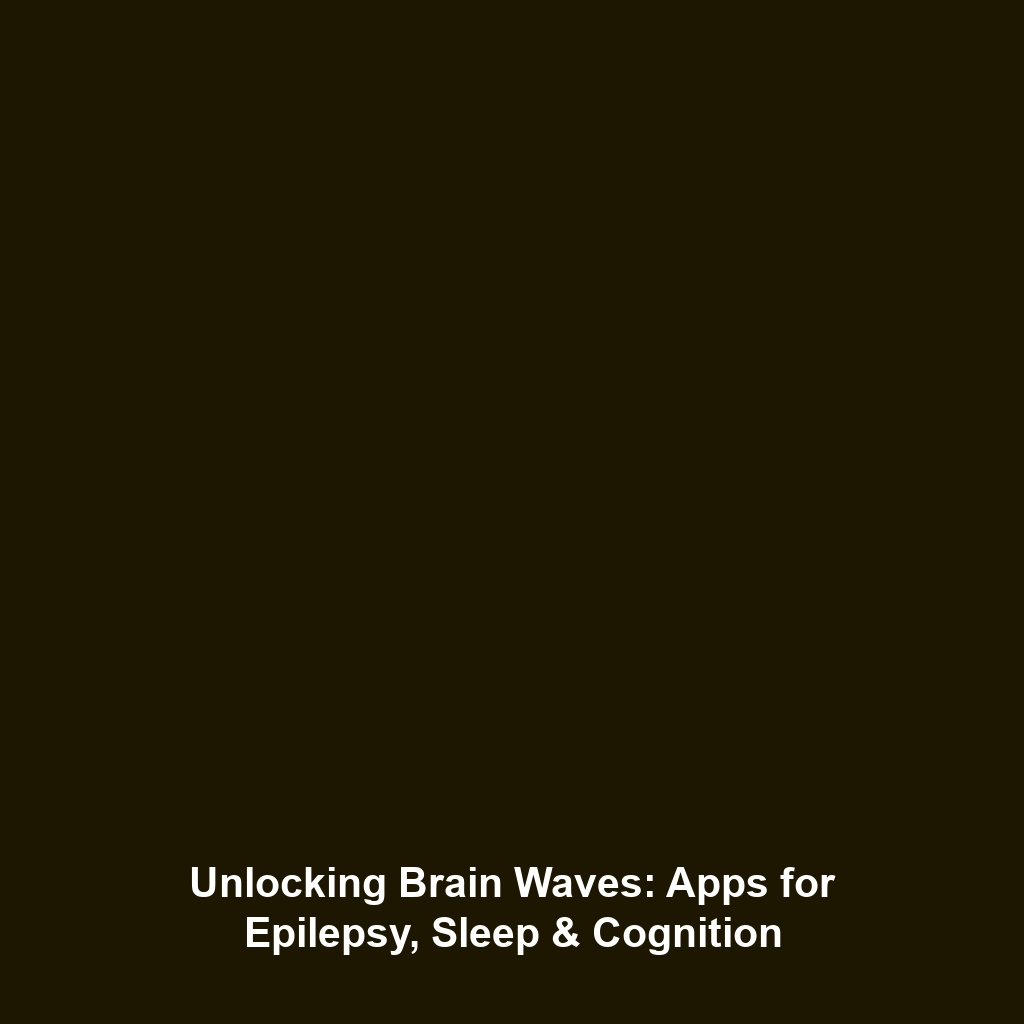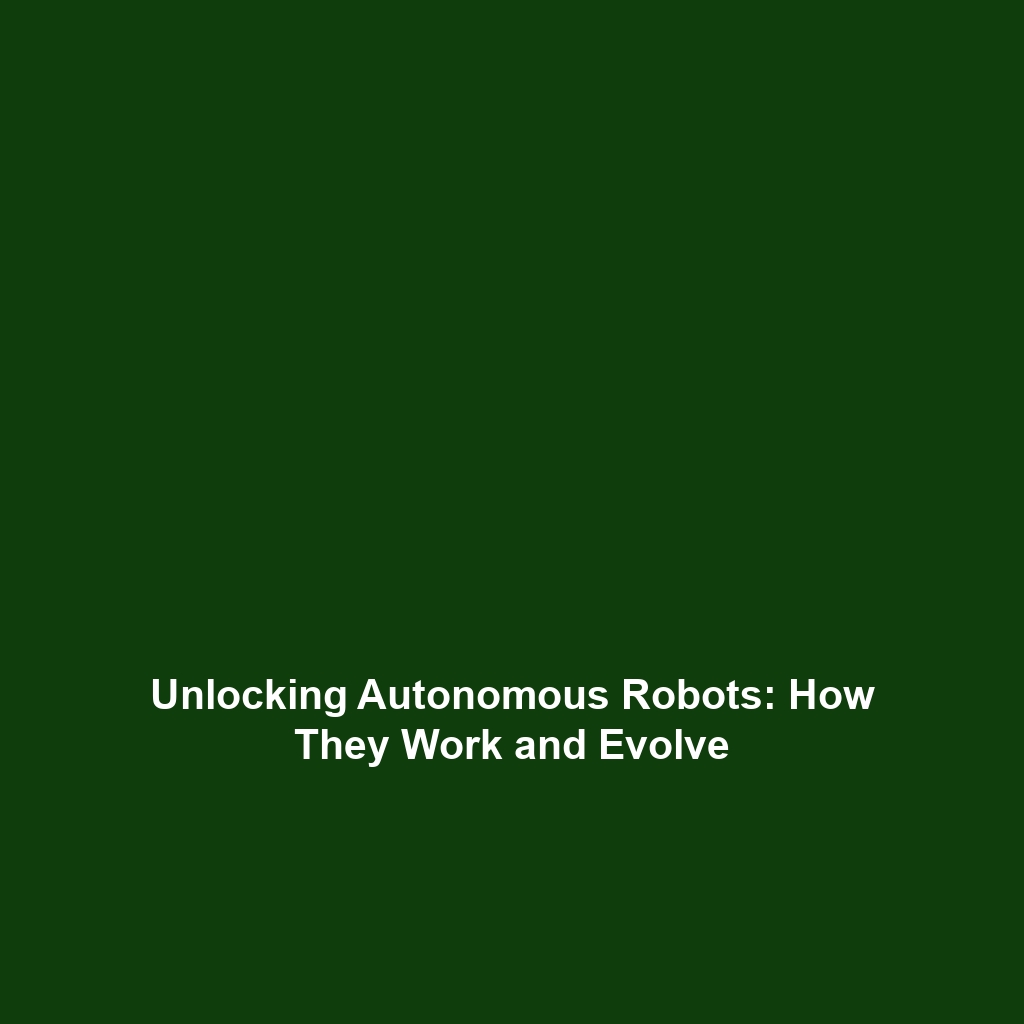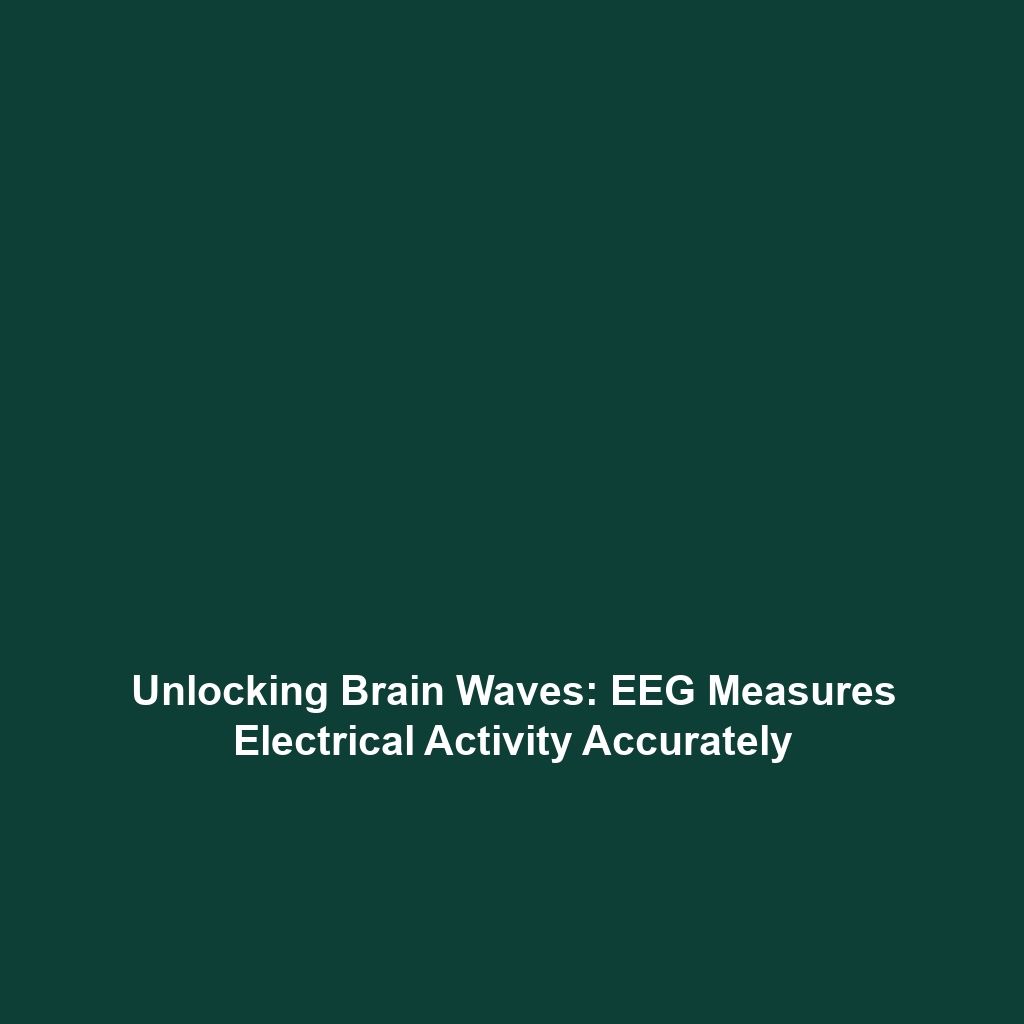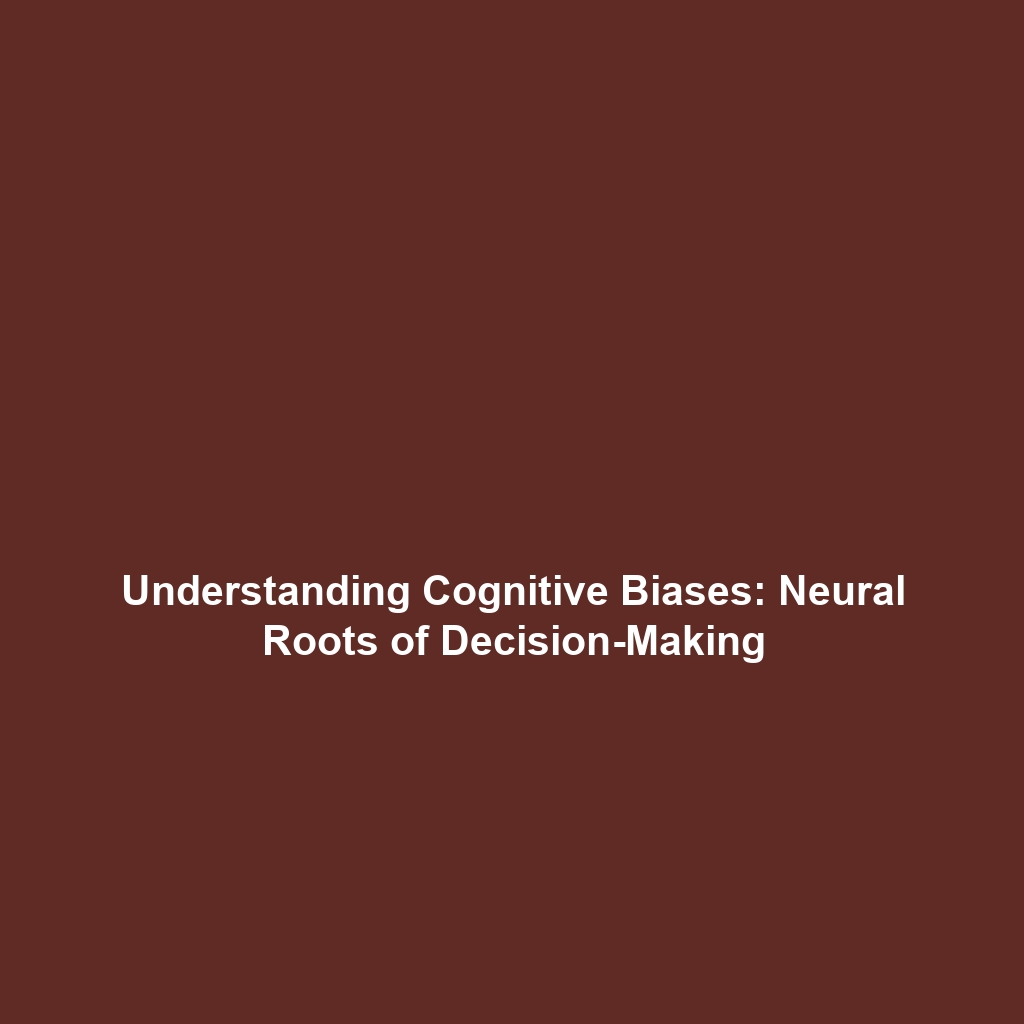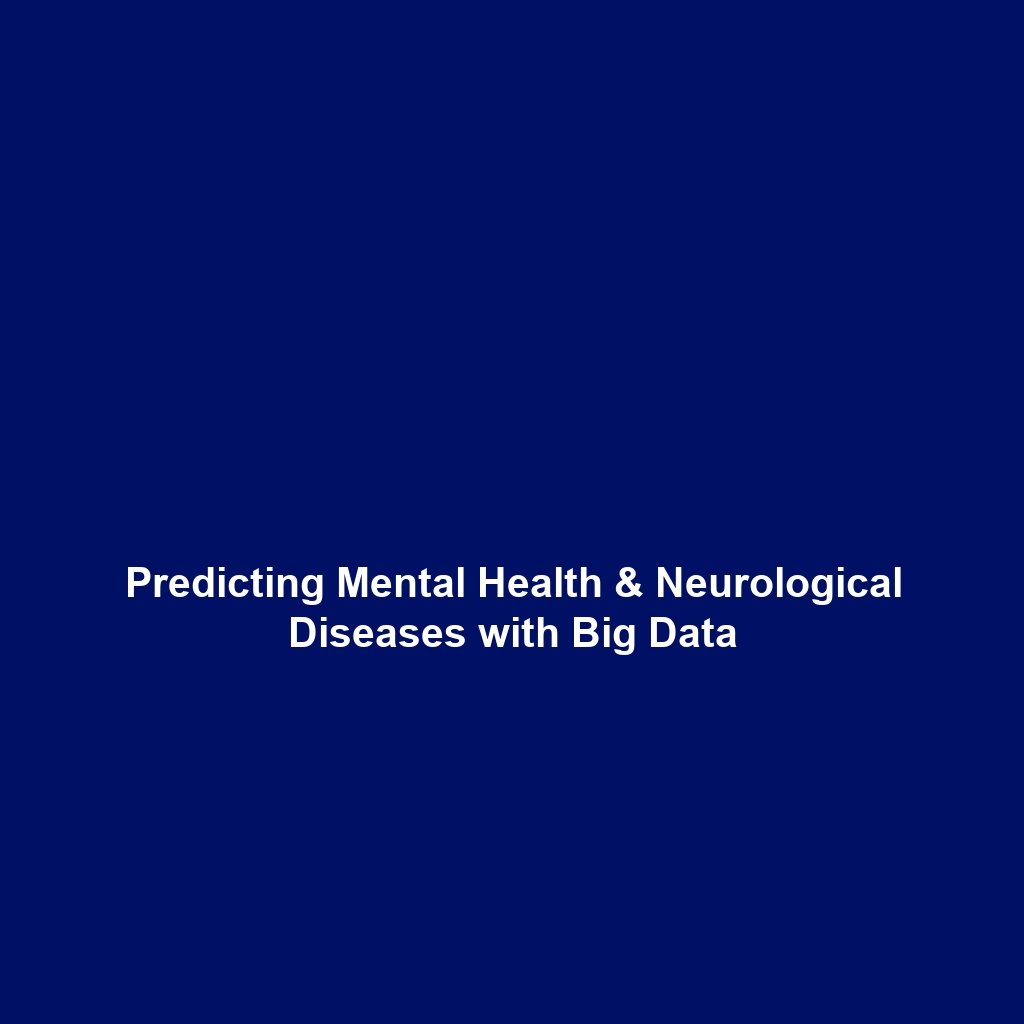Applications of Biomechanics in Diagnosing Epilepsy, Sleep Disorders, and Analyzing Brain Wave Patterns
The field of biomechanics not only encompasses the understanding of human movement but also plays a critical role in diagnosing neurological conditions such as epilepsy and sleep disorders. By examining brain wave patterns related to different cognitive states, including attention and meditation, biomechanics presents new methods for healthcare professionals to enhance patient care. This article delves into the significant applications of biomechanics in these areas, highlighting its importance in advancing both scientific study and medical practice.
Key Concepts in Biomechanics and Neurological Applications
Biomechanics integrates principles of physics, engineering, and biology to analyze human movements and physiological functions. Key concepts include:
- Neuroelectrical Activity: Understanding the electrical impulses in the brain, which are crucial for diagnosing conditions like epilepsy and sleep disorders.
- Brain Wave Patterns: Different cognitive states produce distinct brain wave patterns, aiding research in attention and meditation.
- Quantitative Analysis: Techniques such as electroencephalography (EEG) allow for the precise measurement of brain wave activity, providing insights into a person’s cognitive state.
Applications and Real-World Uses of Biomechanics
The applications of biomechanics in diagnosing epilepsy, sleep disorders, and studying brain wave patterns are vast and impactful:
- Diagnosis of Epilepsy: EEG recordings enable healthcare providers to observe abnormal brain activity, which is critical for diagnosing epilepsy and tailoring treatment plans.
- Sleep Disorder Assessment: Biomechanics plays a part in analyzing sleep patterns, allowing for the identification of disorders such as sleep apnea or insomnia.
- Cognitive State Analysis: Research shows that understanding brain wave patterns associated with attention and meditation can improve mental health interventions.
Current Challenges in Biomechanical Applications
Despite its potential, the integration of biomechanics into diagnosing neurological conditions faces several challenges:
- Data Interpretation: The complexity of brain wave data requires specialized knowledge, making it difficult for some healthcare providers to interpret results.
- Technological Limitations: The need for more advanced and accessible EEG technology remains a barrier to widespread adoption.
- Patient Comfort: Traditional EEG setups can be uncomfortable or intimidating for patients, potentially affecting data quality.
Future Research and Innovations in Biomechanics
Looking ahead, several innovations are poised to advance the application of biomechanics in diagnosing and studying neurological disorders:
- Wearable Technology: Upcoming electronic wearables could provide continuous monitoring of brain activity, offering real-time data to clinicians.
- Machine Learning: The integration of artificial intelligence algorithms with biomechanical models may enhance data analysis and interpretation.
- Neurofeedback Therapy: Future developments in neurofeedback could leverage biomechanics to train individuals in managing attention and relaxation effectively.
Conclusion
In conclusion, biomechanics plays a vital role in diagnosing epilepsy, sleep disorders, and studying brain wave patterns linked to cognitive states like attention and meditation. The ongoing research and technological advancements hold the promise of improved patient diagnostics and care. For further reading, explore our sections on Neurological Disorders and Brain Wave Analysis.
